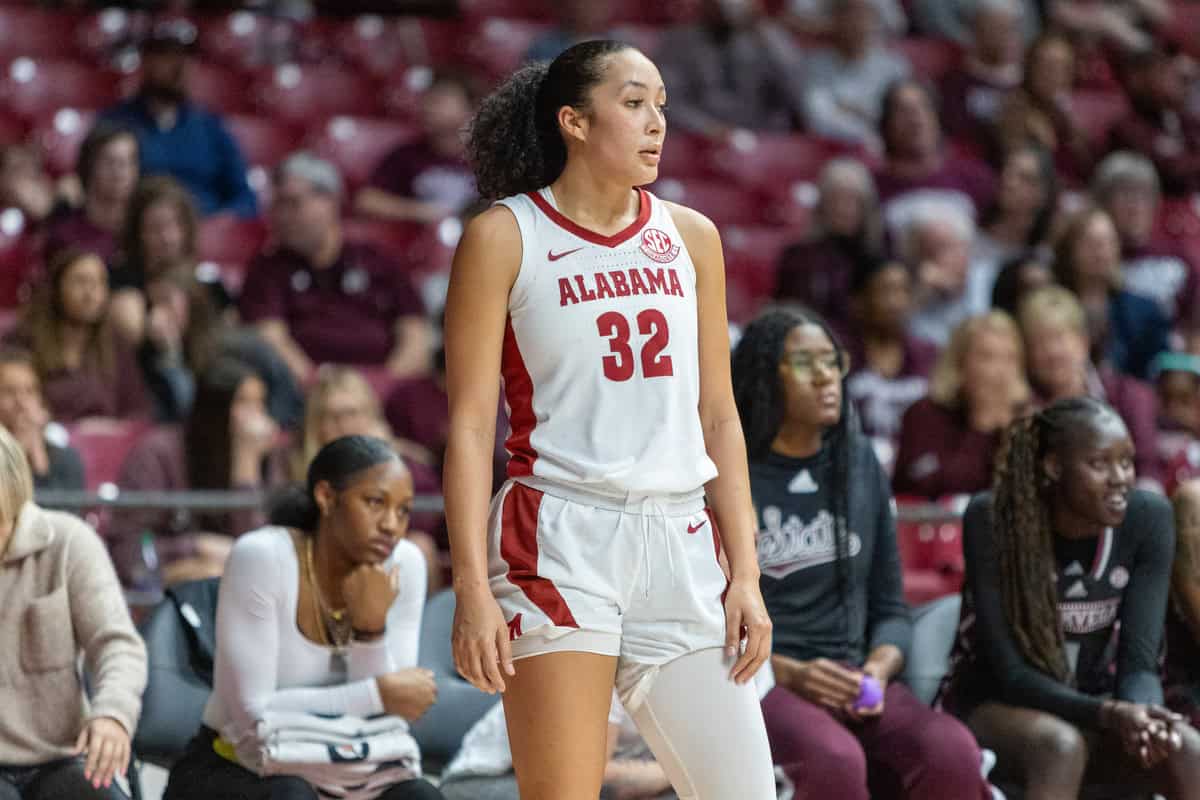The 2010 athletic department budget for the University of Alabama shows a trend of its women’s head coaches being paid less when their programs are not losing as much money as men’s programs in the same sport. There are six sports at Alabama for which there are both men’s and women’s programs: basketball, cross country/track and field, golf, swimming and diving, tennis and baseball/softball. In 2010, four of those six women’s programs earned higher revenue and had a lower total loss than the men’s sports. Women’s programs lost an average of $477,000 for Alabama in 2010, while the men’s programs lost about $633,000, a difference of $156,000. However, for these same teams, men’s coaches were paid an average of $163,012. Women’s coaches, on the other hand, were paid an average of $142,619. The University-paid portion of every women’s sports coach’s salary in these sports was listed as less than the men’s sports coach in the 2010 athletic expense report.
The women’s athletic programs for these sports lost less money for Alabama in 2010 than men’s programs, yet the women’s sports coaches were paid less.
Brittney Cooper, an assistant professor for the department of gender and race studies, said the situation needs to be addressed. “Well, I think that’s reflective of the society where women are paid less for the same type of work,” Cooper said. “I think that we know there’s a history of women’s work being held to a value different than men’s. And when you see glaring issues like that, it’s obvious improvements need to be made.” However, the athletic department stated its criteria for determining the head coaches’ salaries are purely economical. Deborah Lane, assistant to the president and assistant vice president of University Relations, said in an emailed statement, “The Athletic Director recommends a salary that is primarily based on a market analysis of the same position among comparable universities, the qualifications of the coach and the availability of funds.”
Indeed, the trend is not limited to the University of Alabama. Around the Southeastern Conference, women’s athletic programs are losing less money for their universities than the men’s programs, but still have their head coaches paid less. At Auburn University, the men’s swimming team lost $1,928,445 in 2010, while the women’s swimming team lost $1,630,904, a difference of about $298,000. However, the men’s swimming and diving coach was paid roughly $113,000, while the women’s swimming coach was paid about $86,000. At the University of Arkansas, the men’s track and field team lost about $206,000 more than the women’s track and field team. Again, the men’s head coach was paid about $50,000 more. For the University of Tennessee, the men’s tennis program lost about $805,000, as compared to the women’s program losing $610,000. Still, the men’s head coach was paid roughly $215,000, about $68,000 more than the women’s tennis head coach’s $147,000.
According to all three aforementioned schools’ 2010 athletic expense reports, of the sports with both men’s and women’s programs at those schools, the majority follow that pattern. Cooper said Alabama and the rest of the SEC need to find a way to make the salaries of all the head coaches more equal. “I’m unsure of the logic of Alabama’s particular choices, but I think it’s reflective of a larger national trend,” Cooper said. “I think it has a lot to do with the public perception that men’s programs bring in more money. I think there are gender perceptions. If [women’s teams] are losing less money, there has to be a way that salaries become equalized.”






